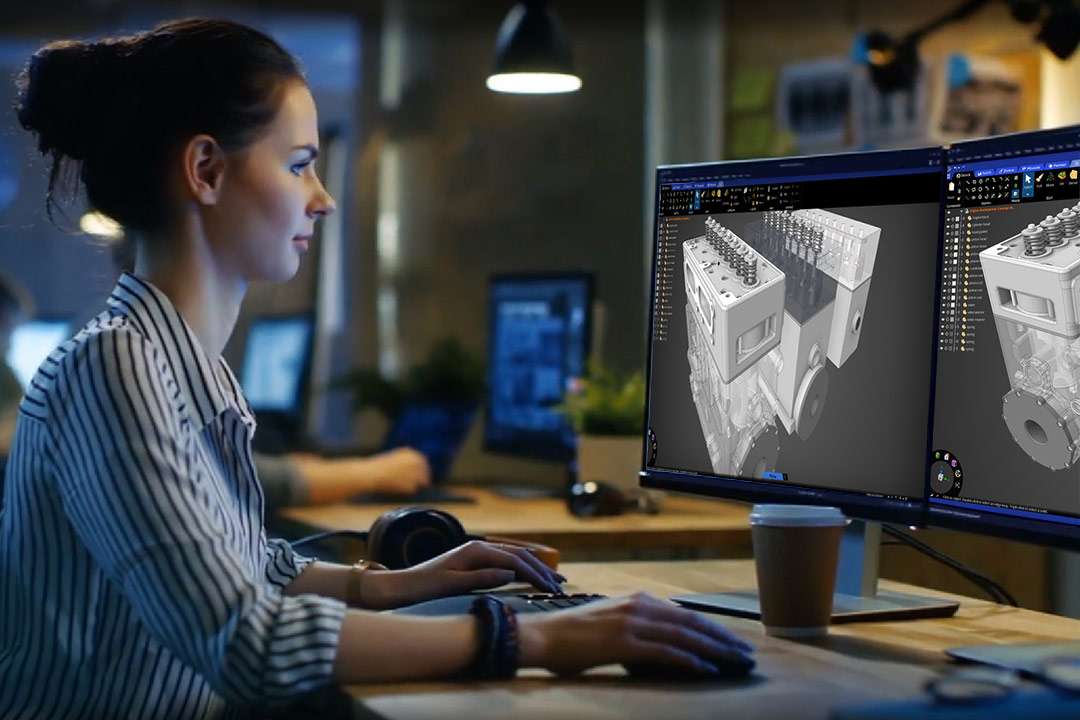Point clouds are revolutionizing the way we approach architectural design and construction projects. These massive collections of 3D coordinates provide highly accurate digital representations of objects, making them an invaluable asset in the field of architecture and construction.
Point cloud technology has the ability to transform the planning and execution of building projects by converting complex data into efficient 3D modeling and construction documents.
Understanding Point Cloud Technology
A point cloud is essentially a dataset that represents the 3D coordinates of an object. It is a highly precise digital representation of an object, allowing architects and construction professionals to capture intricate details.
The technology involves the use of laser scanners or cameras mounted on drones to collect data points, transforming the physical world into a digital one.
Key Features of Point Clouds
Data on Position, Measurements, and Geometry: Point clouds provide essential data on the position, measurements, and geometry of objects or environments.
Quality Scanners for Precision: High-quality scanners are crucial for accurately locating and identifying objects in the captured data.
Versatile for Various Purposes: Point clouds are valuable for tasks like renovations, additions, disassemblies, and more.
Foundation for “As-Built” Models: They serve as the foundation for creating accurate “as-built” models of existing structures.
Supplement to Documentation: Point clouds complement paper records and material lists, enhancing the project’s documentation.
Applications of Point Cloud Technology
Point cloud technology finds applications in various industries, including:
Architecture: Architects use point clouds for space inspection, documenting as-built structures, site analysis, space optimization, and 3D modeling.
Building Construction: Construction professionals utilize point clouds for site analysis, structural analysis, coordination, progress monitoring, and repair estimates.
Heritage Conservation: Point cloud technology is valuable for reconstruction, restoration, and refurbishment projects, especially in preserving historical sites.
Facility Management: Facility managers use point clouds for structural changes, offering walkthroughs and video fly-throughs for planning.
Advantages of Point Cloud Technology
Data Documentation: Point cloud technology accelerates data documentation, aligning with building codes and standards.
Increased Accuracy: It minimizes human error, ensuring high accuracy in measurements and reducing discrepancies.
Complex Design Handling: It simplifies handling complex architectural designs and provides ease of execution.
Creation of 3D Virtual Assets: Point clouds generate 3D virtual assets for feasibility studies and collision checks.
Digital Twins: They facilitate the creation of digital twins, precise virtual replicas of buildings or structures.
Reduced Site Visits: Stakeholders can analyze the site remotely, saving time and effort.
Cost and Time Savings: Detecting clashes before construction starts results in significant cost and time savings.
Enhanced Safety: Point cloud technology can scan hard-to-reach or hazardous areas without endangering human lives.
Challenges and Limitations
Collaboration Requirement: Effective collaboration with clients throughout the iterative process is essential.
Software Limitations: BIM software may have limitations when dealing with existing structures.
Weather Restrictions: Point cloud scanning cannot be conducted in extreme weather conditions.
Scale of Projects: Large-scale projects require powerful computing resources for data processing.
Busy Areas: Scanning may be challenging in congested or difficult-to-access locations.
Real-World Applications
One notable example of point cloud technology is the restoration of the Cathedral of Milan, where point cloud modeling helped analyze and assess the structure’s performance. This application showcases the potential of point clouds in heritage conservation.
In conclusion, point cloud technology has transformed architectural design and construction processes, offering unprecedented accuracy and efficiency. Point clouds allow architects and construction professionals to work with precise 3D representations of the physical world, saving time and reducing errors.
This technology has the potential to shape the future of architectural design and construction by streamlining projects and enhancing collaboration. If you’re considering integrating point cloud modeling into your architectural projects, reach out to us to explore the possibilities of scan to BIM services.

As the editor of the blog, She curate insightful content that sparks curiosity and fosters learning. With a passion for storytelling and a keen eye for detail, she strive to bring diverse perspectives and engaging narratives to readers, ensuring every piece informs, inspires, and enriches.










